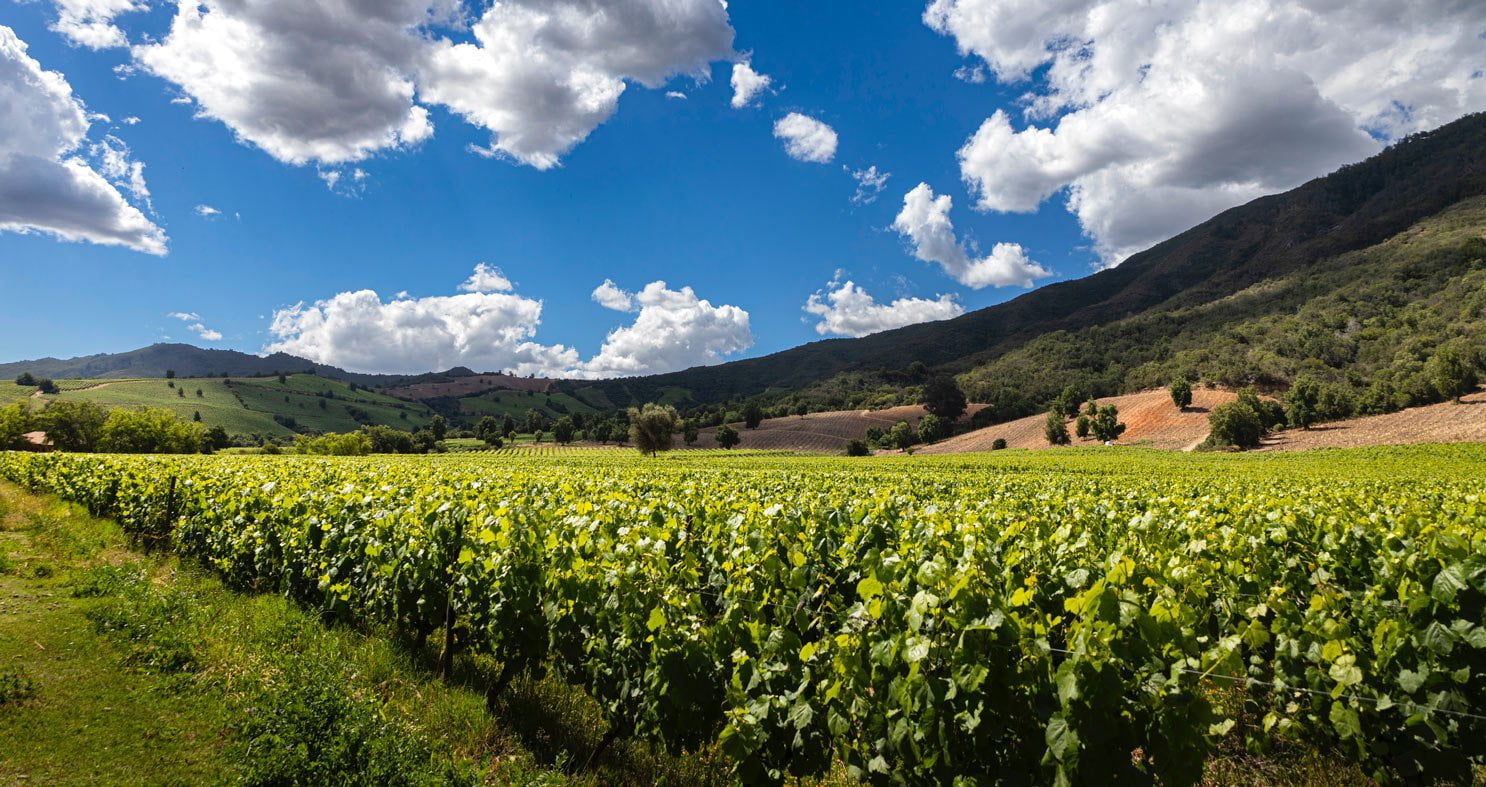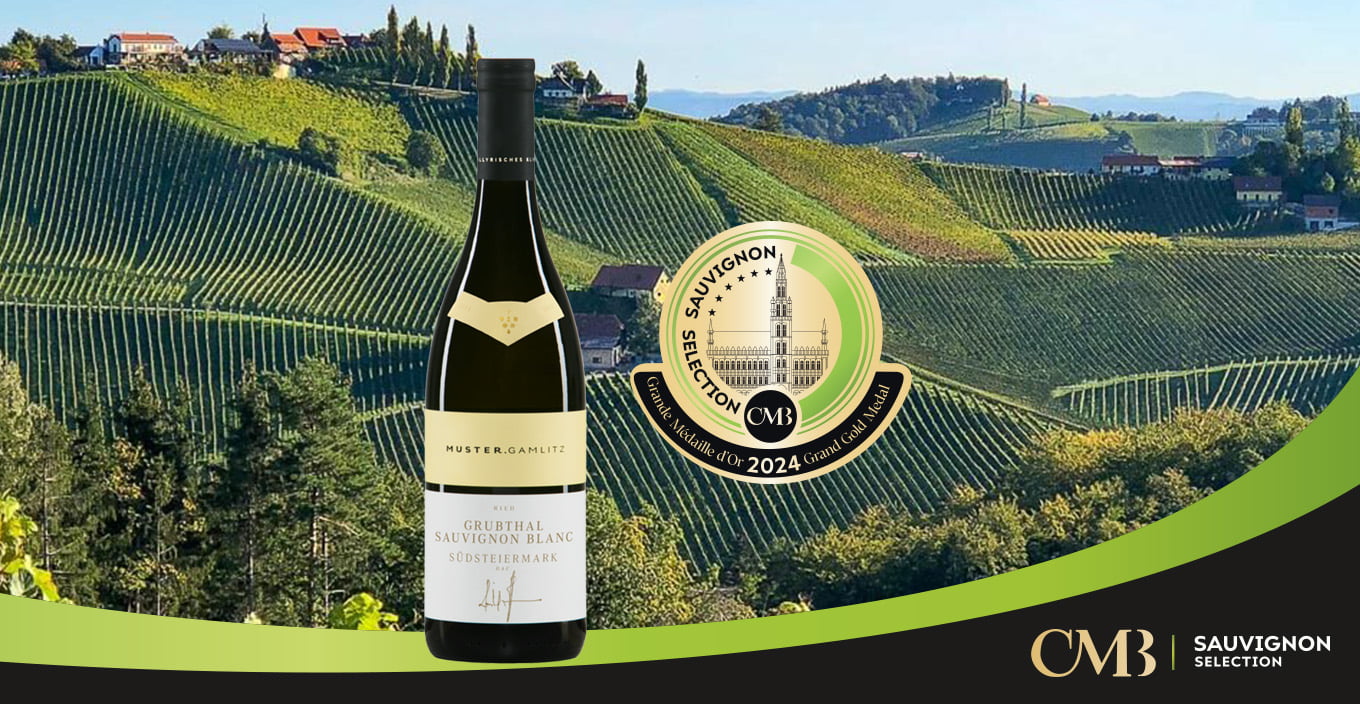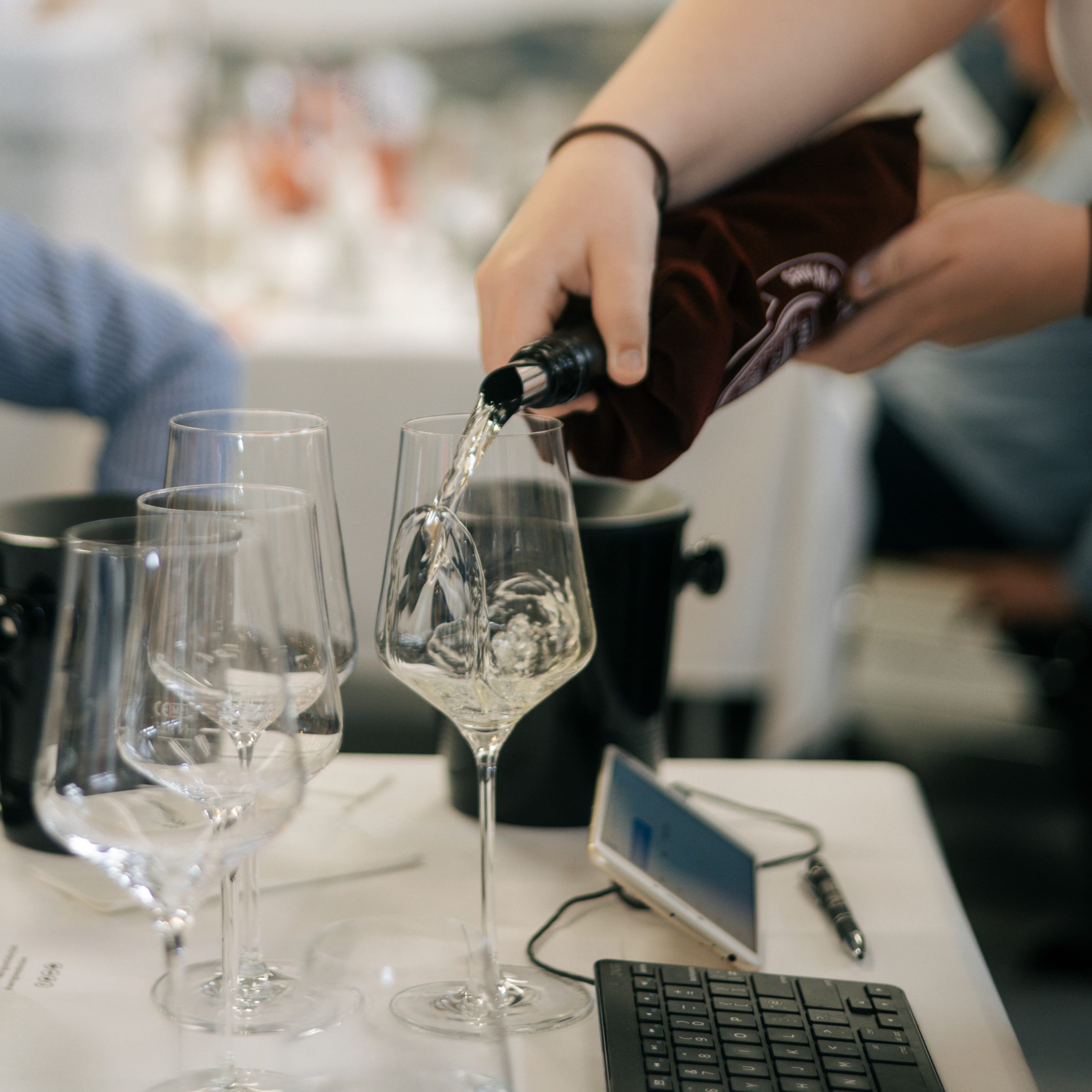Chile

Chile
Sauvignon Blanc was introduced to Chile in the 19th century, in mixed plantings with Sauvignon Vert (Sauvignonasse) and Sauvignon Gris. However, the mostrelevant introduction and redevelopment of the Sauvignon blanc grape variety began at the end of the 20th century, more specifically between 1987-1990, and the beginning of the 21st century. Clones such as 1 and 5 from Davis and others such as 242 of French origin were then rolled out.
As a result of market globalisation, particularly demand from the English market for fresh, young wines, concurrently with the arrival of Miguel Torres in Chileand the development of stainless steel tanks and fermentation at controlled temperatures, the concept of winemaking was revolutionised. The combination of the two marked the advent of fresh, fruity wines that did not undergo barrel ageing and were bottled the same year. Chilean winegrowers and winemakers such as Pablo Morandé developed Sauvignon blanc highly successfully in the Casablanca Valley and today it has spread throughout Chile in the quest to secure a distinctive identity or to find a site that lends it unique terroir-driven characters. The total area planted to Sauvignon blanc in 2019 was 15,222 hectares, making it the second most planted variety in the country after Cabernet- Sauvignon.
Wine Style
Winemaking and ageing styles vary from 100% stainless steel or combinations ranging from 10- 30% of the wine fermented in barrels (225 litres)or wooden foudres (300-500 litres). The choice depends on the style of individual winemakers. Fermentation ensues at controlled temperatures after cold maceration (10°C) for 10-12 hours. Ageing on fine lees is a valued technique, giving the wine greater complexity, whilst malolactic fermentation is not favoured, as winemakers prefer to retain the natural acidity of the grapes and freshness and fruitiness of the wine. Ageing potential is in the range of 3-4 years, although market demand shows a preference for wines from the year of harvest.
Climate and soil charasteristics
Chile’s wine regions are located in the central part of the country, 500 km North of Santiago and 400 km South. As winegrowers search for cooler areas, there are now vineyards 800 km South of Santiago, two such examples being Futrono and Lago Ranco.
Although Chile’s wine regions are defined as having a Mediterranean climate with significant influence from the Pacific Ocean, the Andes and the central valleys intertwined with the Coastal Mountains give rise to a number of microclimates and extensive diversity of soils from North to South.
MOST RELEVANT AREAS

1/ Limarí Valley; Ovalle / Talinay
Limestone soils on granite rock provide very good drainage anddo not encourage vine vigour. Limestone also provides fine porosity and structures the clay, creating an extensive network in the soil which fosters water and air retention and is vital for good root development throughout the soil profile. The vineyards are located 12 km from the Pacific Ocean and enjoy predominantly cool coastal breezes with the mercury never rising above 24°C in the summer, creating ideal conditions for the fruit to ripen slowly and reach peak ripeness. The atmosphere in the area is particularly light and bright. The wines show great elegance and minerality, with aromas of spring flowers and citrus undertones, a complex palate and the mouth- filling volume typical of these limestone soils. ABV 13.5-14%.
2/ Casablanca Valley
Located 25-30 km from the Pacific Ocean, the valley has a semi- arid Mediterranean climate with morning mist due to the influence of the Ocean. During the summer season, it has a wide temperature range fluctuating between 13°C and 32°C, with annual rainfall of 400 mm, mainly concentrated in winter. The soils are very diverse, ranging from medium to coarse-textured, deep to alluvial, fine-textured and sandy with low moisture retention capacity. The vineyards are planted on varying inclines of gentle hillsides at elevations of between 250–400 m above sea level. The wines deliver citrus notes, pineapple and in some cases sea salt, spices such as white pepper and herbal notes, such as tomato leaf, artichoke and green chilli. The palate displays citrus tones, spicy and herbal notes with fresh acidity. ABV 13.5-13.8%
3/ Leyda Valley
The soils stem directly from the granite rock of the coastal batholithic region formed 200 million years ago during the Jurassic period. The soils are finely textured, the thin surface layer is clay loam (clayey / sandy) and red clay followed by a sedimentary layer of cracked clay. The subsoil is sedimentary and limestone in some sectors and quartz granite in others, ending in granite rock. The valley is mostly home to rolling hills where the sunlight hits different slopes at varying levels of exposure. The vineyards are located 10-15 km from the sea, cooled by the South Pacific breeze and the coastal mist of the summer season. The wines reveal aromas of lime and lemongrass, combined with blackurrant leaves, fennel and gunpowder. They deliver vibrant acidity and fine minerality on the palate with citrus notes (fresh grapefruit, passion fruit). ABV 13-13.5%.
4/ San Antonio Valley
This area is home to a great diversity of soils with limestone and red clay, along with poor, thin soils on granite rock. The climate and aspect of the vineyards are extremely significant here. The vineyards are planted 6 km from the Pacific Ocean and enjoy cool mornings and morning mists. There has been a pivotal transition from own rooted Sauvignon blanc to the present-day use of rootstock. The wines are fresh with natural acidity, aromas of lime, flowers, minerality, pepper, freshly-cut grass and asparagus. On the palate, they are complex with crisp acidity and austere but with citrus, herbal and spicy nuances. The wines have substantial cellaring potential and will keep for over 5 years. ABV 13.5-13.8%
5/ Maule Region
This region produces the largest amount of Sauvignon blanc in Chile (7,712 ha) and its diverse weather patterns and soils pave the way for a wide range of styles. However, high yielding vines produce less interesting wines or wines with less varietal typicity and a large share of them are bound for domestic consumption. As part of the search for even cooler climates, Sauvignon blanc can also be found in the far South of Chile. Vineyards in the Araucanía region, Malleco (Traiguén) and Los Ríos region (Lago Ranco) deserve a mention and a brief description.
6/ Araucanía Region, Malleco Province (Traiguén)
The soils here have a high percentage of red clay of volcanic origin. They are rich in organic matter, deep and have very good water retention. The climate is cold and wet with 1,000 mm of rainfall during the winter season but the summers are dry and temperate, promoting ripening of the berries. The wines retain their natural acidity, developing fine, elegant aromas, mineral notes of citrus and tropical fruits. They display good volume and concentration on the palate, with fresh acidity and pleasant persistence. ABV 12.5-13%.
7/ Los Rios Region (Lago Ranco)
Vineyards in Trumaos de Laderas grow in a cold, rainy climate but are not affected by spring frosts. Rainfall is in the range of 1,000-1,100 mm and is mainly concentrated in winter, however it is common for rainfall to reach 50-90 mm during the ripening period. Maximum summer temperatures are in the region of 24-25°C, dropping to a low of 8°C which restricts proper vineyard development. The lakes have a significant influence, generating cool breezes. The wines are fairly austere on the nose and palate with a piercing natural acidity making them fresh and pleasantly persistent. Aromas are fairly herbal with asparagus, mint and lemon peel. Predominant acidity and fresh flavours make for palate-pleasing wines. The location of the vineyards limits output and harvesting is fairly late in the season compared with more northerly regions, generally taking place between the third and fourth week of April. ABV is also relatively low at 12-12.5%.
Cecilia Torres


